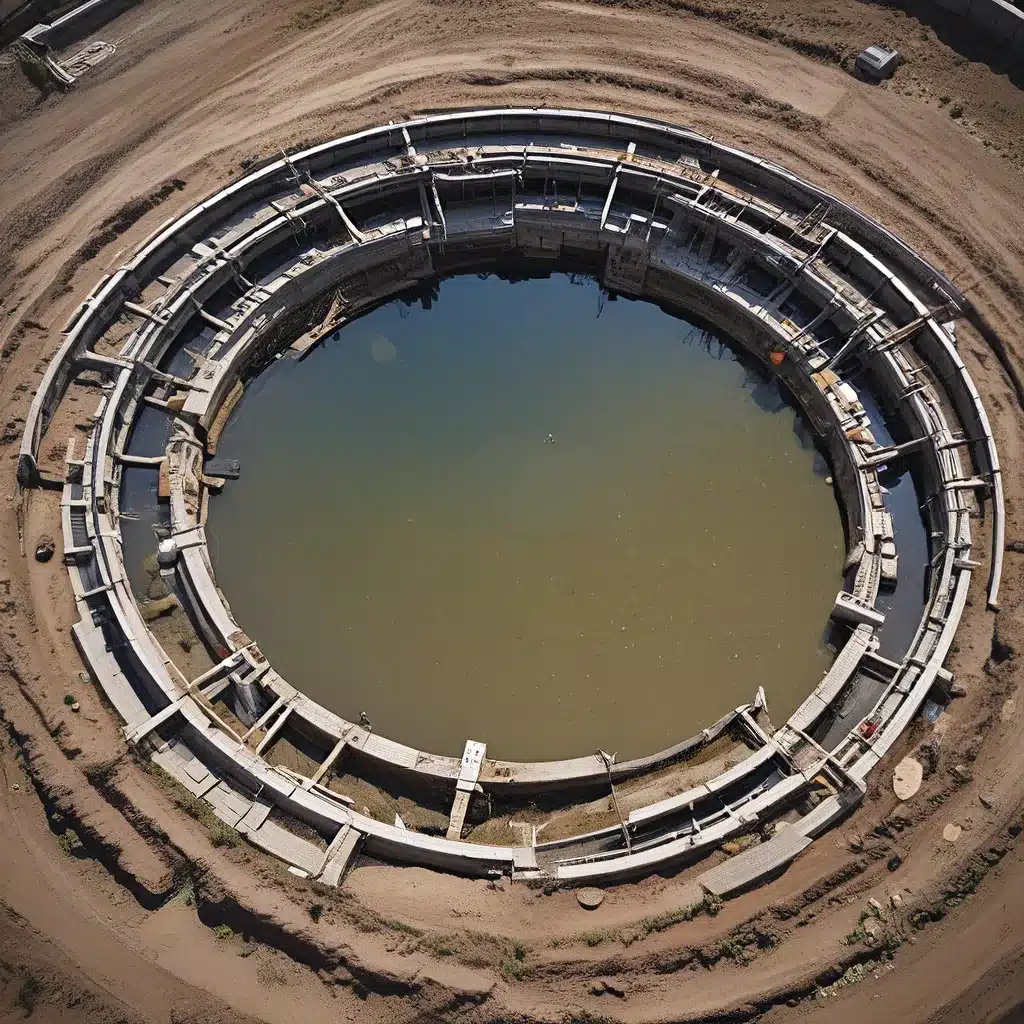
Turning Trash into Treasure: The Promise of Wastewater Reclamation
You know, I used to think of wastewater treatment as just a necessary evil – a smelly, costly process that nobody really wanted to think about. But the more I’ve learned, the more I’ve realized that wastewater holds the key to a sustainable future. It’s not just about flushing away our problems – it’s about unlocking a treasure trove of renewable resources that can power our world.
The European Parliament has recognized the immense potential of wastewater as a source of valuable materials and energy. From biogas to fertilizers, the list of recoverable resources is longer than you might expect. And the best part? Tapping into these resources can help us close the loop on the circular economy, reducing waste and greenhouse gas emissions in the process.
Harnessing the Power of Biogas
Let’s start with biogas. Did you know that the organic matter in wastewater can be broken down through a process called anaerobic digestion, releasing a renewable fuel called biogas? This biogas can then be used to generate electricity or heat, providing a sustainable source of energy right from our own sewers.
Research shows that biogas production from wastewater treatment can meet a significant portion of a facility’s energy needs, reducing reliance on fossil fuels. And the best part? The process also produces nutrient-rich digestate that can be used as a fertilizer, closing the loop on resource recovery.
It’s a win-win-win – we treat our wastewater, generate renewable energy, and produce valuable agricultural products, all from the same source. No wonder Inland Waters Inc. is so excited about the potential of biogas recovery!
Harnessing the Sun’s Power
But biogas isn’t the only renewable resource we can extract from wastewater. What if I told you that wastewater treatment plants can also be a source of solar power? It’s true! By installing solar panels on the roofs and open spaces of these facilities, we can generate renewable electricity right at the point of treatment.
DC Water, the water utility serving the nation’s capital, has done just that, covering their Blue Plains Advanced Wastewater Treatment Plant with solar panels. Not only does this provide a sustainable source of energy, but it also reduces the overall environmental impact of the treatment process.
Imagine a future where our wastewater treatment plants aren’t just energy hogs, but net producers of renewable power. It’s a future that’s closer than you might think, and one that Inland Waters Inc. is working hard to bring about.
Treasure Trove of Resources
But the benefits of wastewater reclamation don’t stop there. Did you know that wastewater also contains a treasure trove of valuable resources like phosphorus, nitrogen, and even metals? These materials can be recovered and reused, reducing the need for resource extraction and processing.
Scottish Water, for example, has found a way to recover grit from wastewater and use it in the construction industry. That’s just one example of how we can turn our waste into a valuable resource, closing the loop on the circular economy.
Imagine a future where our wastewater treatment plants aren’t just disposal facilities, but hubs of resource recovery and recycling. It’s a future that’s within our grasp, and one that Inland Waters Inc. is working hard to make a reality.
The Future is Bright (and Sustainable)
As we’ve seen, the potential of wastewater reclamation is truly staggering. From renewable energy to nutrient-rich fertilizers, the list of recoverable resources is endless. And the best part? Tapping into these resources can help us reduce waste, lower greenhouse gas emissions, and build a more sustainable future.
So, the next time you flush the toilet or take a shower, remember – you’re not just getting rid of waste, you’re contributing to a revolution in resource recovery and renewable energy. It’s time to start seeing wastewater as a treasure trove, not a trash heap. The future of sustainability might just be hiding in our pipes.


